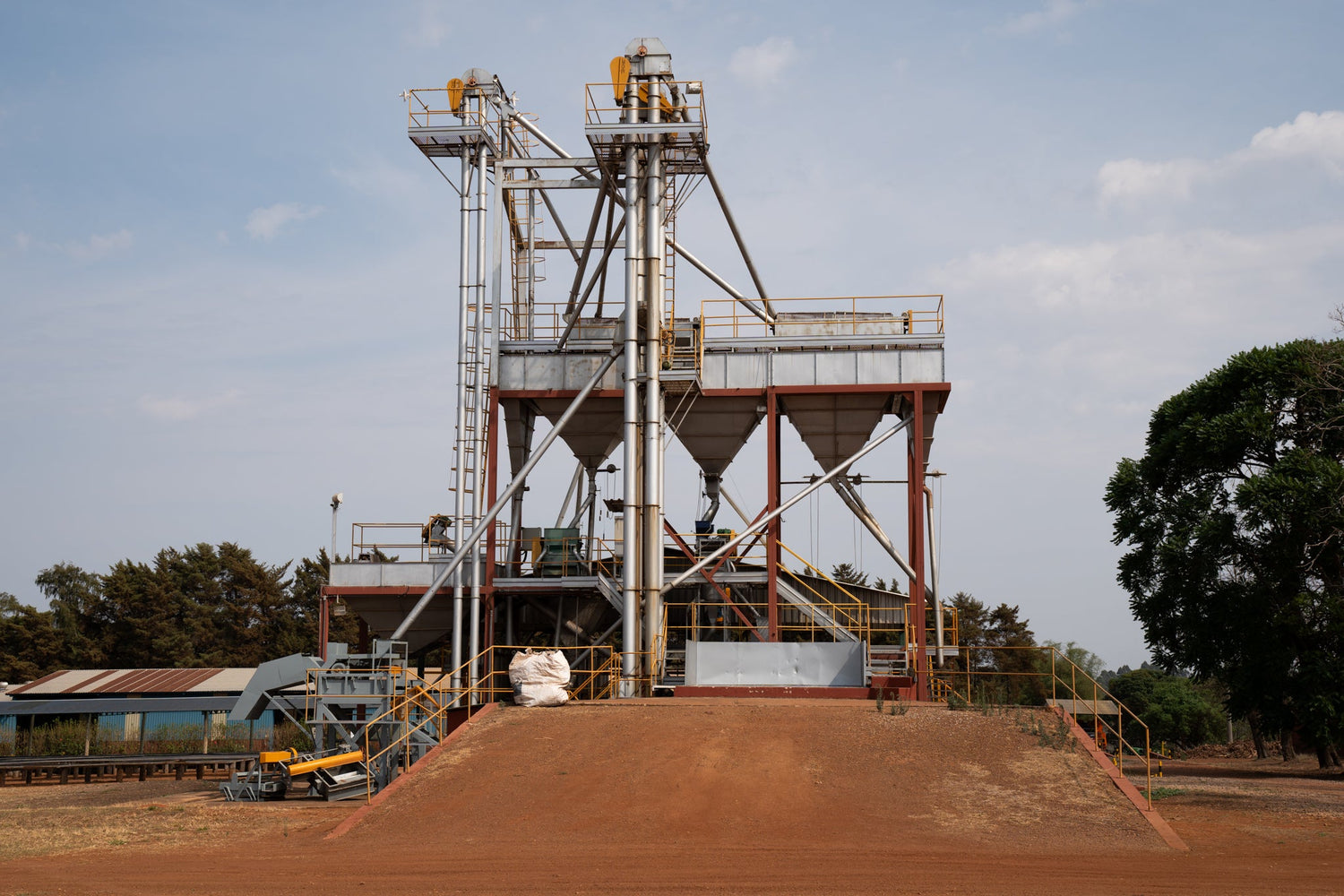By Simon Clark
While Daterra’s scale and consistency never cease to amaze us it is their smaller wet mill, dedicated to producing their Masterpiece micro lots that let them get truly creative in tailoring new flavours and experimenting with processing techniques. This year we had taken on the challenge of working with a small plot to see where alternative processing could lead us.

From Daterra’s nursery they have over 100 varieties available for cultivation, quite possibly one of the worlds largest privately held coffee selections. However, for our purposes, we were not seeking to imitate foreign conditions and eschewed ideas of Geisha to continue with the locally developed IAC125 - a Villa Sarchi and Timor hybrid. As this variety often finds a place in our Baron Espresso it makes for an easy comparison when we decided to compare the flavour impacts of a different approach to processing - in this case adding specific yeast strains to influence the coffees natural fermentation.

Before we get into the fun of the how and why this does need a semi-serious disclaimer;
This is not a guide to yeast fermentation or example of best practice. Most importantly, Western coffee buyers should not be arriving at any origin to test experimental ideas without some scientific supervision and the intention of buying the resulting coffee, regardless of its eventual quality. Trends come and go but it is no joke to mess with an agricultural product that often provides for a communities livelihood.
Luckily the agronomists at Daterra are always up for a challenge and, with the help of the University of Campinas, the motivation was to see where this could lead in potentially saving time and fermentation space as well as the impact on flavour.
So with our Baron Espresso considered the control batch (natural processed with no yeast) Daterra had brought some of the same coffee over to their Masterpiece processing facility. Here we had access to two stainless steel fermentation tanks allowing us to try two different strains of yeast. Many conventional yeast trials have been underway for some years so as an alternative we had procured some more unorthodox options with a New England IPA yeast and a more extreme Brettanomyces. Depending on who you ask Brett can either be the darling or devil of the craft beer and natural wine pioneers.
A dilute solution of each yeast was added to 1000L of coffee cherry before the tanks were sealed for a 24hr anaerobic fermentation. Within hours there was a noticeable effect with microbes breaking down the sugars within the coffee cherry and a strong funky aroma, though no one was quite sure how this would affect the flavour of the eventual beans after drying.
With all good experiments, patience is key, so it was only two months after returning to London that a surprise package of green coffee samples arrived from Brazil. These didn’t smell like your typical green coffees and on the cupping table, they have proved divisive. Some of the Climpson team love them with more complex tropical aromas and intense sweetness. Whilst, for almost the same reasons, others have found this unexpected and almost overbearing. Either way, these are definitely not your standard Brazilian cup profiles!





